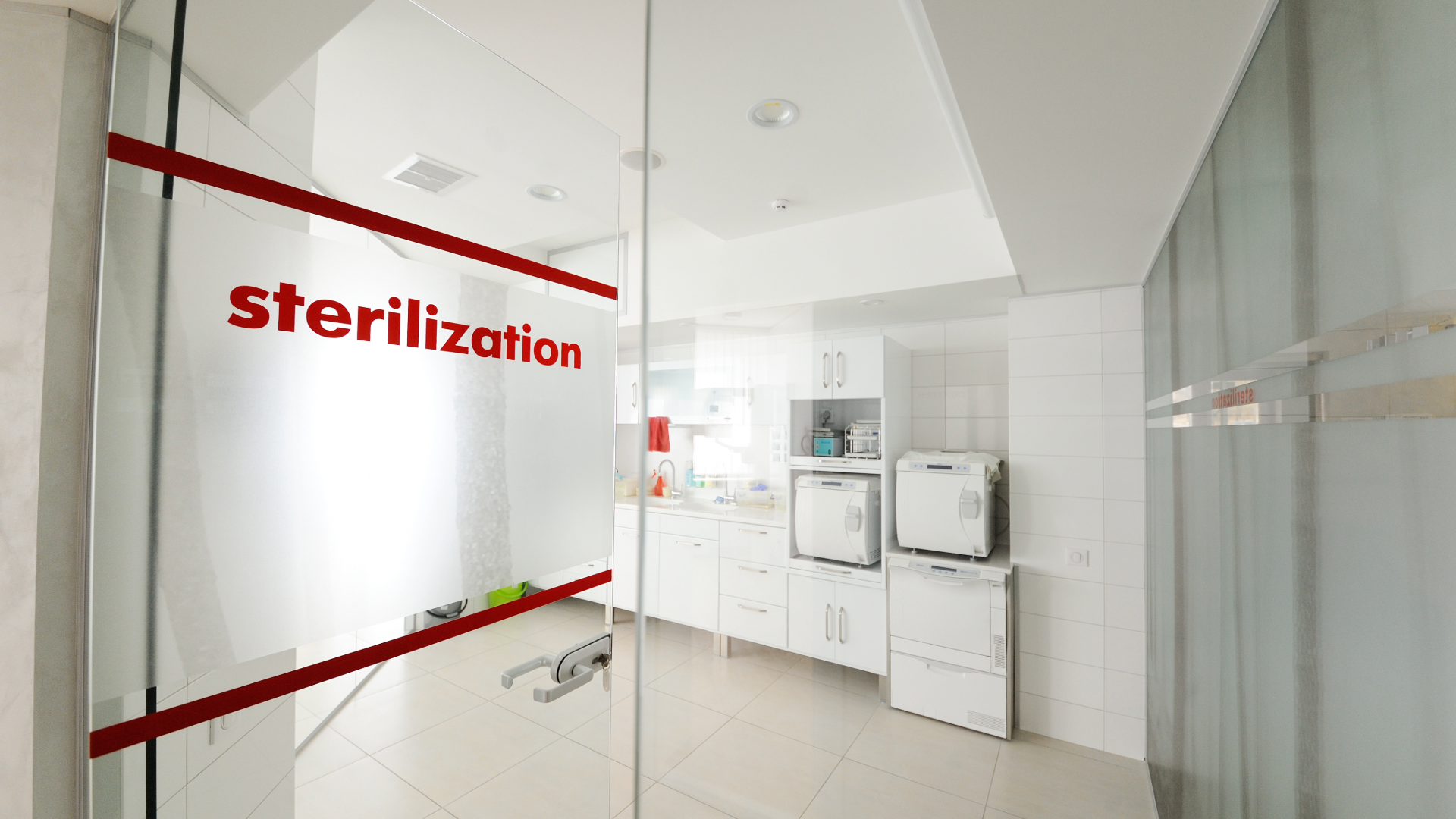Dr. Ron Brown, M.D. | Source | Former EMS Medical Director and Founder & CEO at AeroClave

Dr. Ron Brown, M.D.
AeroClave CEO Ronald D. Brown, MD, founded AeroClave, a leading distributor in decontamination systems, in response to the 2003 SARS epidemic. He has decades of experience in emergency medicine, acting as the EMS Medical Director for the Seminole County Department of Public Safety from 1985–2000.
AeroClave, LLC. was founded to develop, manufacture and sell a system capable of decontaminating commercial and military aircraft from pandemic-producing viruses and other disease-causing pathogens. The AeroClave System has evolved into multiple decontamination products that are easy to operate and will limit the spread of infectious diseases. In addition to the ability to decontaminate aircrafts, AeroClave has developed the first large-scale, cost-effective vehicle decontamination facility in Winter Park, Florida. AeroClave also offers a line of both portable and fixed-room decontamination units.
-

AeroClave
Former EMS Medical Director and Founder & CEO
-
Dental Office Decontamination Best Practices
Ensuring a dental practice is keeping up with all of the required infection prevention tasks is among the most important parts practice operations.
Article -
Reduce Viral Threats With This Spring Cleaning Checklist
Four tips and best practices that business owners and facility managers can implement to protect against viral threats.
Article -
Top no-touch tech for mitigating contamination in a cleanroom
Dr Ronald Brown from AeroClave discusses the three most commonly used no-touch decontamination (NTD) methods for mitigating contaminants in cleanrooms
Article
-
"No touch decontamination” (NTD) refers to technology that enables a user to decontaminate or disinfect surfaces without any physical contact. Many systems are deployed manually through a pressurized or electrostatic sprayer, while others utilize automated fogging or UV light processes that don’t require human involvement.
-
To effectively control and manage viral spread, departments must create a clear policy regulating leave, tracking each employee’s use of sick leave, and taking corrective action when abuses or under usages occur. Simple measures like these and consistent education on proper usage can save departments thousands of dollars in overtime pay.
-
Infectious diseases like the flu, COVID-19, RSV and more continue to present emergencies for hospitals; epidemics for public health officials; and high absentee rates for employers.


